
10 Haunting Lost Underwater Cities, Settlements & Landmasses of the World (Part Two)
By Debra Kelly, Urban Ghosts Media, 15 April 2015.
By Debra Kelly, Urban Ghosts Media, 15 April 2015.
Earlier this year Urban Ghosts featured a selection of the ancient world’s most incredible underwater cities lost to time. Back by popular demand, we’re heading into the deep in search of 10 more sunken cities, ancient and modern, from lost civilizations at the bottom of the ocean to other forgotten wonders consumed by the waves. Since the first telling of the flood myth, something has inexplicably captured mankind’s collective imagination about long-forgotten settlements and landmasses destroyed by earthquakes and consumed by tsunamis, rendering those who lived there little more than footnotes of history. We’ve explored some of the most ancient examples, and now we’ll delve into 10 more spanning the ages.
10. Pavlopetri, Greece
Image: Discovery via YouTube
Pavlopetri, Greece, has long been lost beneath the waters of the Mediterranean, and it’s only fairly recently that divers have been unlocking its secrets - secrets that may have at least partially inspired the legend of Atlantis. The city has been estimated to have been about 5,000 years old, and it would have been in its heyday before even the rise of Greece as a major world superpower.
Dating from 2800 to 1200 BC, it’s pretty mind-blowing to think that when the heroes of classical Greece were fighting the Persian Wars, when Xerxes was building his pontoon bridge over the Hellespont, and when Leonidas was leading his men into battle, Pavlopetri was already ancient, ancient history.
Image: Discovery via YouTube
The site was only discovered about 40 years ago, and it’s only in 2009, with the development of imaging technology, that archaeologists and oceanographers have been able to survey the site. They’ve found something incredible too - not only a 5,000 year old city, but one that was laid out with main streets and roads, courtyards and alleyways, burial chambers, tombs and temples. Among the buildings is also one called a megaron, which was essentially a meeting place or gathering hall, and it implies that there was a very well-established system of government or elite cast in place in the society.
Image: Discovery via YouTube
It’s not known for sure what happened to the city; theories include a series of earthquakes as a result of some major catastrophe that may have made the city sink below the water, or that it was the sea level that rose to meet the city. Either way, it’s incredible for another reason - it’s the first (and so far, only) city that we’ve found that existed in what’s essentially a modern form, that sank beneath the ocean before Plato was writing his stories about Atlantis. It’s incredibly likely that he knew about the sunken Pavlopetri, and that it was at least one of the inspirations for the time-honoured tale.
9. Port Royal, Jamaica
Image: natgeotv.com via YouTube
Imagine a town where pirates drank the night away, where every fourth building was a brothel or a bar, where the wine and the money flowed in equal proportions. Called “the wickedest city on earth,” it’s where buccaneers and pirates went to spend their booty, recruit crews, and where they butted heads with the British Royal Navy. It was as wealthy a party city as the world had ever seen, and its end came in a matter of minutes.
On June 7, 1692, an earthquake struck the city. More than two thirds of it sank beneath the sea in minutes; today, the torrid history of Port Royal is partially crumbling away on the shore, and standing beneath a few feet of Caribbean waters. More than 2,000 people lost their lives in the chaos, and according to local clergy, God’s wrath had finally struck down the den of sin. In the aftermath of the earthquake, which consisted of three incredibly violent shocks, about 3,000 more people died from injuries and illness.
Originally Spanish-owned land, the first outpost there was built in the early 1500s. The cay, a calm bit of sea, was used for outfitting and repairing Spanish ships. When it was seized by the British in 1655, the first regular - and heavily fortified - settlement was quickly built. Within two years, it was the home of Fort Charles (originally called Fort Cromwell), and over the next two decades, six more forts sprang up in the area.
Image: natgeotv.com via YouTube
In 1662, there were 740 people living in Port Royal - by 1692, it’s estimated there were as many as 10,000 (although 7,000 is cited as a more likely number). Its strategic, sheltered location, along with its nearby deep waters, made it the perfect place for trading companies to set up shop. The residents of the city were often as wealthy as the pirates, trading silver, gold, and jewels, along with sugar, and accounts from the time describe it as having more running cash than London.
Image: natgeotv.com via YouTube
Many people left after the earthquake, but Port Royal struggled on for a bit longer. A fire tore through what remained of the town in 1703, and a series of devastating hurricanes between 1712 and 1744 did the rest of the damage. Now, the once-thriving metropolis is still a small fishing village, with only a relative handful of the submerged parts of the town having been fully excavated.
The buildings that have been officially explored have yielded an invaluable glimpse into Port Royal’s life - there’s tankards and kegs, bottles of liquor, animal bones and a cobbler’s workstation. Cooking pots still lay where they fell after the earthquake, alongside pipes, stakes of pewter plates, and still more - and even more - bottles.
8. Prentiss, Mississippi
Named for a famous orator, Prentiss, Mississippi had a very, very short life - at least, that’s what we think, from the sparse amount of information that’s available on it. Sat on the banks of the Mississippi River, the Civil War-era town was once the home of hundreds of people.
It was the seat of the county courthouse, and it was the site of the first jail built in the county as well. The first court house wasn’t necessarily what we tend to think of a court house as being - it was a wood frame building, had two rooms, and sat in the judge’s yard. Another court house was built after that, and at its height, there were between 700 and 800 citizens in Prentiss. The town had only been around for a handful of years when it was burned to the ground during the Civil War. After conflict moved through, there were only a few buildings left standing untouched - and those were swallowed by the river.
Image: St. Joseph, MO News-Press
Prentiss isn’t a typical sunken city; there’s no remains to be explored, but it’s also occasionally determined not to remain buried. In 1954, the path of the river changed enough that it took with it a massive section of the riverbank, and exposed part of the brick courthouse that had been constructed when the town was still in its infancy. Hunters first came across the building, nothing more than a corner and a chimney visible.
It made local residents look twice into the history of their town, and they discovered local records with a little bit more information. In 1863, Northern and Confederate troops first engaged north of the town; the fighting moved south, and when the Union troops reached the blossoming little town, they shelled it from their riverboats. Afterwards, the river moved and the silt moved in.
There was a brief period of interest in the town while it was exposed in the 1950s. Kids sold soft drinks to amateur archaeologists who sifted through the mud, uncovering champagne bottles and whiskey barrels. Nothing much ever came of it, though, and Prentiss was given to the mighty Mississippi.
7. Yonaguni, Japan
The little island of Yonaguni sits off the southwestern edge of Japan; it’s stunningly beautiful, and the home to a huge population of hammerhead sharks. There’s so many sharks that it’s become a destination point for divers and shark enthusiasts alike, and that’s when they became famous for something else - a mysterious, underwater pyramid.
When the original divers spread the word that they had found something man-made at the bottom of the ocean, two completely opposing viewpoints started to develop around the site. According to some, the strange stone formations are the ruins of an ancient city, enveloped by the waters after an earthquake. Others think that they’re just some pretty neat but all-natural rock formations.
Image: via YouTube
Boston University professor and site diver Robert Schoch says they’re absolutely, textbook, all-natural. The area around Japan is known for its fault lines and its earthquake activity, and many point to its high level of activity as to how such straight lines and seemingly man-made formation occur underwater. Others aren’t so sure, though, and say that it’s pretty unlikely that nature acted on that kind of scale.
Photographs of the underwater site definitely show what seem to be man-made ledges and pyramids, and even though Japan’s government doesn’t recognize the site as anything ancient, archaeological or worthy of a protected status, some are convinced that it’s actually the ancient city of Mu. Those supporters of the ancient city theory say they’ve identified markings on rocks that could have only been left by the use of stone tools, and some say that there are submerged rocks that were clearly carved into the shapes of animals.
Image: via YouTube
They also have the site’s surrounding history in their favour as well. Plate tectonics mean that an earthquake or tidal wave like the one that would have been needed to submerge the city absolutely isn’t unheard of, and other archaeological evidence - such as the discovery of charcoal - seem to indicate that there were at least settlements in the area dating back to 1,600 years ago.
While there’s nothing confirmed on either side yet, what’s absolutely not up for debate is that the area is an absolutely beautiful dive spot – no matter how it was created.
6. The Lost City of Havana, Cuba
Image: The Cosmos News via YouTube
A landscape similar to the mysterious, underwater formations off the coast of Yonaguni has also been found off the coast of Havana, Cuba. Sonar equipment seems to have uncovered what might be the remains of an ancient sunken city, showing images of cut stone blocks and pyramids.
Because of the depth, the only real evidence we have is side-scan sonar images that, we’ll be honest, leave a lot up for interpretation. It’s apparent that there’s something down there, but just what - and who made it - is up for debate. Geologists are hesitant to call anything beneath the waters man-made for sure, at least without considerable further exploration. But, there is some pretty intriguing support from a somewhat unlikely place - oral tradition.
Image: The Cosmos News via YouTube
According to Maya and native Yucatecos folklore, their ancestors once lived on an island that sank beneath the water. Regardless of what’s really beneath the waters off Cuba, it’s also a fascinating look at one of the most enduring myths of civilizations across the globe - the flood myth. Civilizations across the globe each seem to have their version of the story, which usually involves some kind of divine retribution and incredible floods, swallowing entire civilizations whole and forcing a reboot of society.
Image: The Cosmos News via YouTube
While the sonar images of the site seem to indicate straight lines and roads that you’d typically only expect to be from something man-made (at least, on this scale), investigating claims is a bit of a problem. The sea floor is between 600 and 750 meters (2,000 and 2,500 feet) deep, making a quick scuba trip impossible, and it’s so deep that funding expeditions is no small matter. After a few failed attempts to get trips to explore the site off the ground, it seems to have fallen somewhat off the face of the earth.
5. Doggerland, North Sea
Doggerland is the name given to a huge land mass in the North Sea. Today, it looks like it’s pretty much out in the middle of nowhere, but at one time, it’s thought that it was home to Mesolithic tribes - about the time that a landslide separated it from the Norwegian coast.
The landmass was once a land bridge, connecting England and mainland Europe. As recently as 20,000 years ago, it was possible to walk across the North Sea. And while it was above the waves, it would have been a paradise on earth for hunters and fishermen. In addition to the bounty of the North Sea, the land bridge also had a huge freshwater basin that was fed on either side - from the Thames on the west and the Rhine on the east.
Relics pulled up from Doggerland indicate that it was once teeming with life, both animal and human. It’s been called the north’s Garden of Eden, but with the rising sea levels, life on Doggerland slowly become much, much less like paradise. As flooding increased, so did competition on those that were left - and the final blow likely came in the form of a massive landslide that displaced a huge amount of sediment, and probably flooded much of what was left.
Most of what we have as evidence of the Doggerland civilization is in the form of stone and bone tools. Perhaps strangely, much of the information that scientists have gotten has come from partnerships with oil companies drilling in the North Sea, dredging up everything from hunting knives to the fossilized bones of mammoths.
Building up a complete picture of the society is fascinating work, and it’s being done with the smallest of details. While we have some indication of just where the Mesolithic grave sites were, researchers are also relying on the smallest of details - like pollen and microflora - to reconstruct just what Doggerland looked like by what plants were growing in the different regions of the sunken island. Slowly, a picture of river and hills, of beaches and of swamps is beginning to take shape.
4. Dunwich, England
Image: University of Southampton via Science Daily
Dunwich has had an incredible history. It was home to a Roman fort, it was the port city that countless Christians used as they set off for the Crusades. It was a religious centre, home of a leper hospital, and at one point, it was the 10th largest city in England. Now, it’s a tiny fishing village that only about 120 people call home, and the rest of the city’s history has slipped beneath the waves.
The only historic building that remains on land is a 13th century friary, kept safe from its position of high ground. The rest has been swallowed by the North Sea, and finding out just what’s out there has proved surprisingly difficult.
The water is muddy and visibility is poor, to the point where the only way to accurately map the sea floor is by using sonar. The University of Southampton was one of the major partners in exploring the lost medieval city, and they uncovered some amazing things.
Image: University of Southampton via Science Daily
In its heyday, it was comparable in size to London. Dunwich had something London didn’t though - a serious problem with erosion. As early as 1286, Dunwich was subjected to powerful storms and portions of the town were swept out to sea even then. Dunwich struggled onward, though, remaining a major port city even throughout the weather, the constant damage and the even more constant danger. It wasn’t until the 15th century that its importance as a port city finally passed, and today, the city lays at the bottom of the sea floor, covered in anywhere from three to ten meters of muddy, silty, North Sea water.
On-going explorations have allowed archaeologists to confirm the location of some of the buildings that we know from historical record once existed in Dunwich. There’s a number of churches and cathedrals, there’s port structures, houses, and defensive earthworks. It’s not spread over a small area, either, and it’s estimated that the town was about the same size as the City of London.
3. Willow Grove, Tennessee
Image: Eddy Haynes via YouTube
Willow Grove now sits at the bottom of Dale Hollow Lake in Tennessee, an eerie collection of remains amid the murky depths.
The town that got its name from the willow trees that surrounded it was once a thriving community, with a grist mill, general stores, churches, and service stations - it even had the largest school in that part of Tennessee. The picturesque town was once the image of life in the rural south until it was changed, like so many other things, by the war years.
Image: Eddy Haynes via YouTube
In 1942, the town’s population dropped drastically as men went off to fight - and die - overseas. And on the home front, the landscape was changing, too. The land that the town sat on was incredibly valuable to the US government, but not as a town - as the site for a dam. Properties were bought and demolished, families were gathered and moved. By July of 1942, the community gathered for one last time at a town picnic, where speakers remembered the prosperity they had once seen, and the waters came not long after.
Image: Eddy Haynes via YouTube
Dale Hollow Lake flooded the area where the town had once sat, and even today, the water is so clear that you can stand on the shore and see where the old buildings once stood, where children once went to play basketball, where farmers once kept their livestock, where the faithful used to go to worship.
Image: Eddy Haynes via YouTube
One of the buildings whose remains can still be seen is the old school house, and there’s an tragic story associated with them. According to the story, Eddie Irons was 18 years old when his family bought him a horse. His first attempt at riding the stubborn, wilful animal ended with the horse bolting under some walnut trees; Eddie hit a branch and was killed instantly, his neck broken. His grief-stricken father cut down the tree to make his casket, burying him on a knoll.
Image: Eddy Haynes via YouTube
Later, builders who were digging the foundation of the school accidentally dug up the casket, and reburied him. He was dug up twice more, seeming to be unwilling to stay where he had been put. The third time, the casket was sealed in concrete and placed somewhere in the foundation of the school. While most of the school fell to dynamite used when the Army Corps of Engineers was clearing the town, his body was never found.
2. Tyno Helig, Wales
Another sunken city that’s part myth and part up for debate, Tyno Helig has been called the Welsh version of Atlantis.
According to the legend, the lord of Tyno Helig had a daughter who fell in love with a commoner. As he didn’t have the appropriate status to marry her, he took it upon himself to waylay a nobleman and kill him, stabbing him in the back and stealing his golden collar. Claiming that he had won the collar - and nobility - in a fair fight, he married the lord’s daughter.
During the ceremony, a ghost appeared and vowed to take revenge on the couple, but it was several generations before the family fell. During a celebration surrounding the birth of a great-great-grandchild, a maid discovered that the basement of the castle was flooding. The household fled, just before waves consumed the fortress.
It’s said that the remains of the castle can still be seen in Conwy Bay, and plenty of people have gone looking for it. A 2011 study on flood levels of the bay and changes in the sea level found that it was highly likely that at least part of the legend was based in reality. The area has always been subject to extreme changes in sea level and tempestuous storms. Other studies have also confirmed the presence of trees in areas that are now completely submerged, making the story at least physically possible.
1. Canudos, Brazil
Image: Sebastian Edson Macedo via UC Berkeley
The Brazilian town of Canudos was founded as a god-fearing place, standing against the godless.
Led by a preacher calling himself Antonio the Counsellor, the settlement was the target of considerable suspicion from the government, and when word got out about plans to overthrow that government (true or not), they had to be put in their place. The preacher’s lessons were appealing to groups that the government absolutely didn’t want assembling, from poor farmers to slaves - people who were dangerous when they were organized.
Canudos’ resistance was impressive and succeeded in repelling the attacking army time after time, throughout a good portion of 1897. The government had more in the way of reinforcements than Canudos did, though, and eventually most who remained in the town surrendered - but not before a siege that lasted almost a year. The town itself didn’t surrender, though. Men fought to the bitter end. And in that end, which came on October 5, according to contemporaneous accounts, there were only two adults, one child, and one elderly man left. They were killed.
The man who had started it all had already died by the time the town fell; he was exhumed and beheaded before being buried again. The death toll by the end was thousands of people on both sides of the siege.
Decades later, due to severe droughts which are common throughout the region, it was decided to build a dam. Among the areas flooded in the 1970s was the remains of Canudos; now, the town that was once the site of a bloody revolution still stands, at the bottom of a man-made lake. Many of the original buildings are gone, but as the droughts come and the lake dries, what’s left of Canudos emerges. The stone churches still stand, and university researchers believe that hundreds of fallen soldiers are buried not far beneath the lake bed.
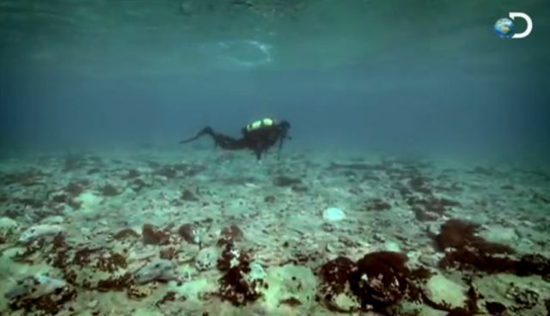

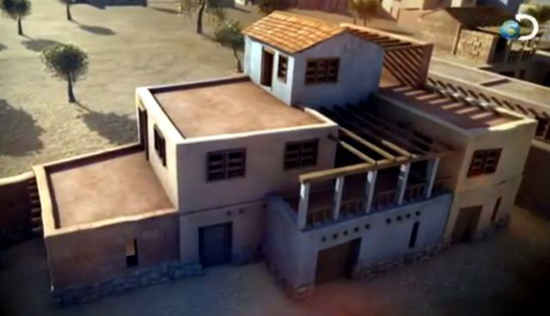

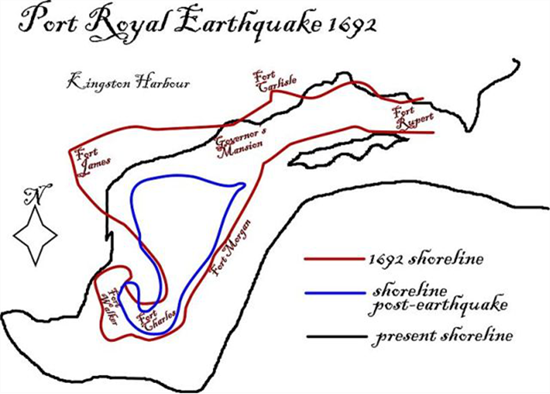


![wpsF22F.tmp[4] wpsF22F.tmp[4]](http://lh3.googleusercontent.com/-nX-upyc3Cuw/VTBwIlcxc2I/AAAAAAADLss/ZIm_av1nLlI/wpsF22F.tmp%25255B4%25255D_thumb%25255B2%25255D.png?imgmax=800)

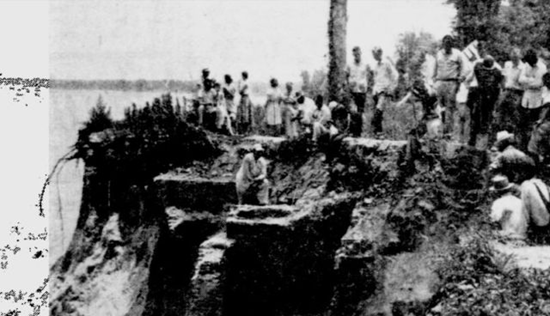
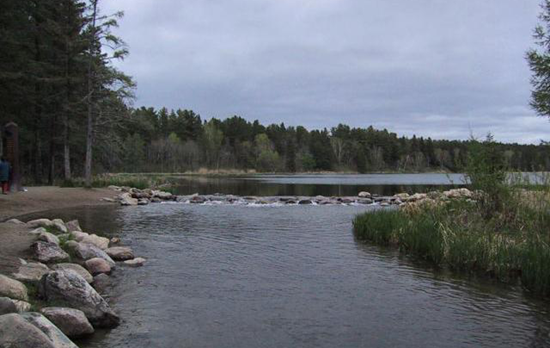
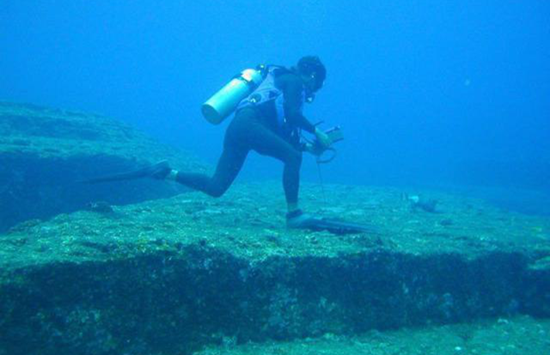


![wps3A94.tmp[4] wps3A94.tmp[4]](https://blogger.googleusercontent.com/img/b/R29vZ2xl/AVvXsEhiRmqTH0wl03zC1oq3K7JBQuVmiKrrD5GbXTcguMGMVg50iehEZwgUg7ZwW5PbFmJgOVEyNiyw9znx0v_KfiCLBW5QwZoBaWenp54pDTOY9-qlk0zmvGD_WgSGE2vfJfg9I87HaWeoQ8sP/?imgmax=800)

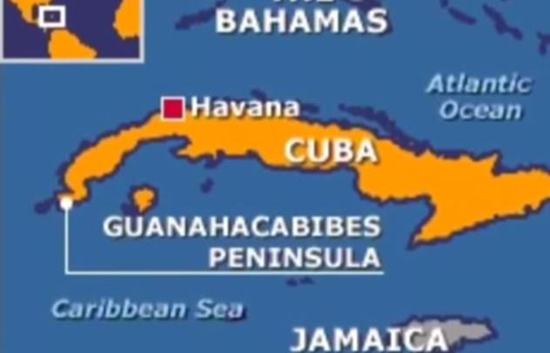
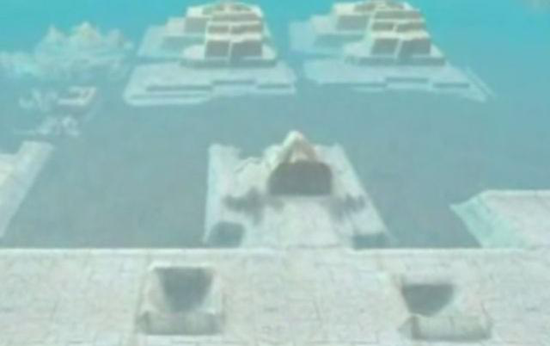






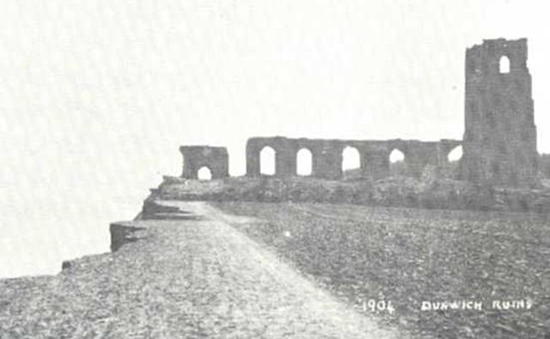



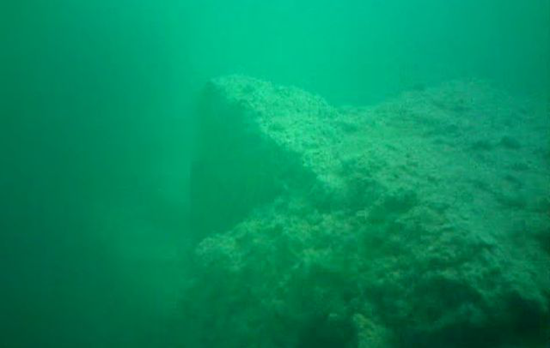
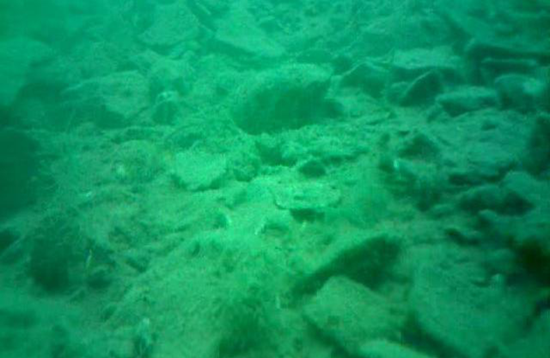

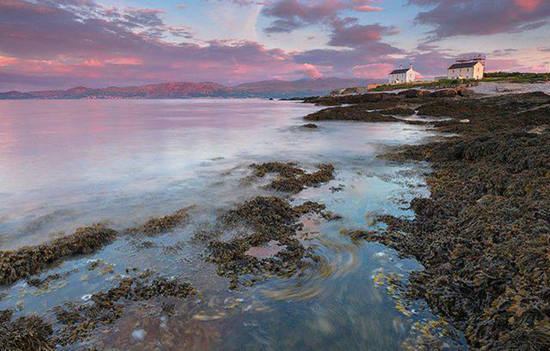
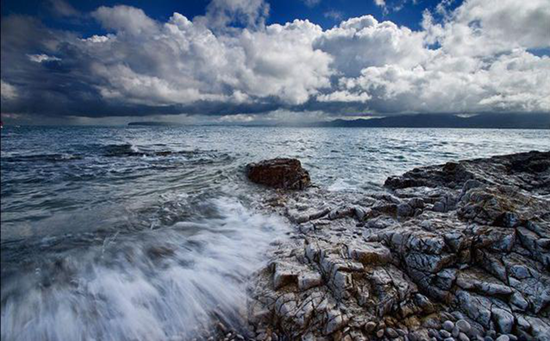



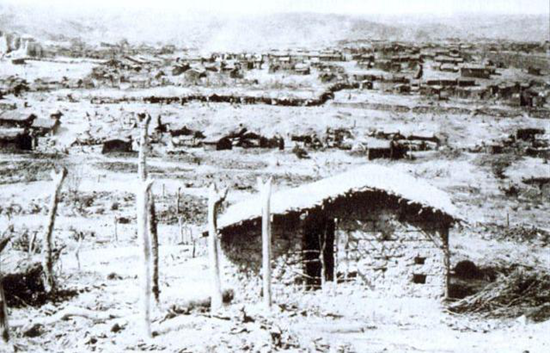
No comments:
Post a Comment
Please adhere to proper blog etiquette when posting your comments. This blog owner will exercise his absolution discretion in allowing or rejecting any comments that are deemed seditious, defamatory, libelous, racist, vulgar, insulting, and other remarks that exhibit similar characteristics. If you insist on using anonymous comments, please write your name or other IDs at the end of your message.